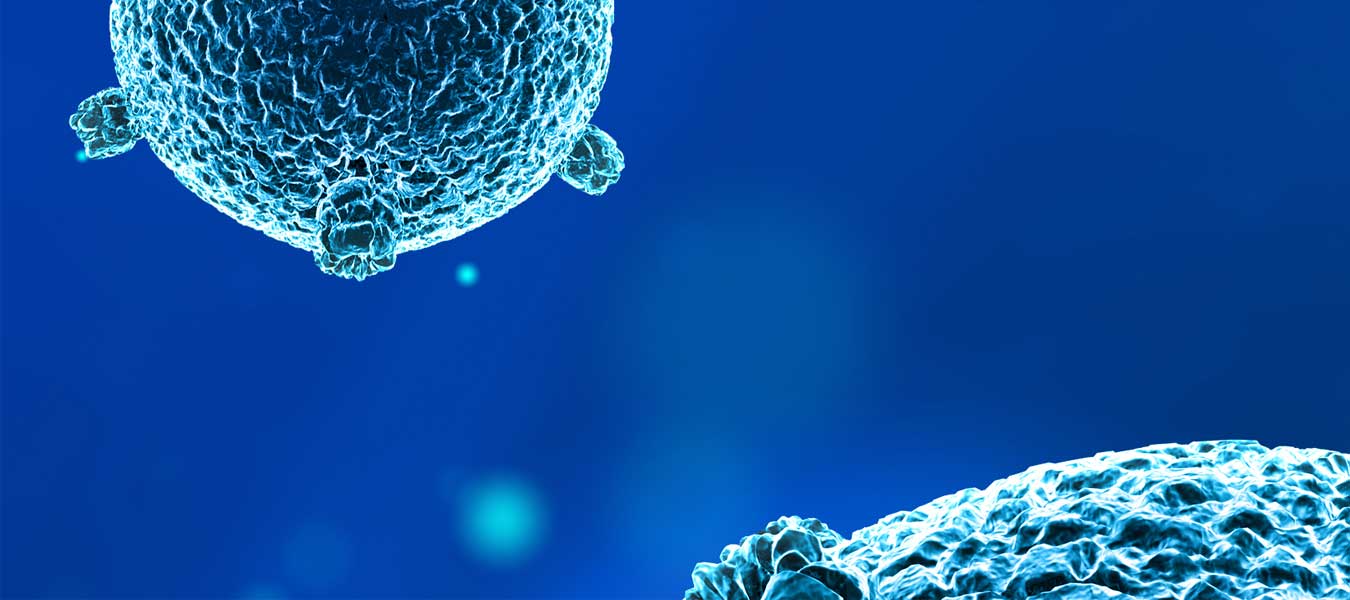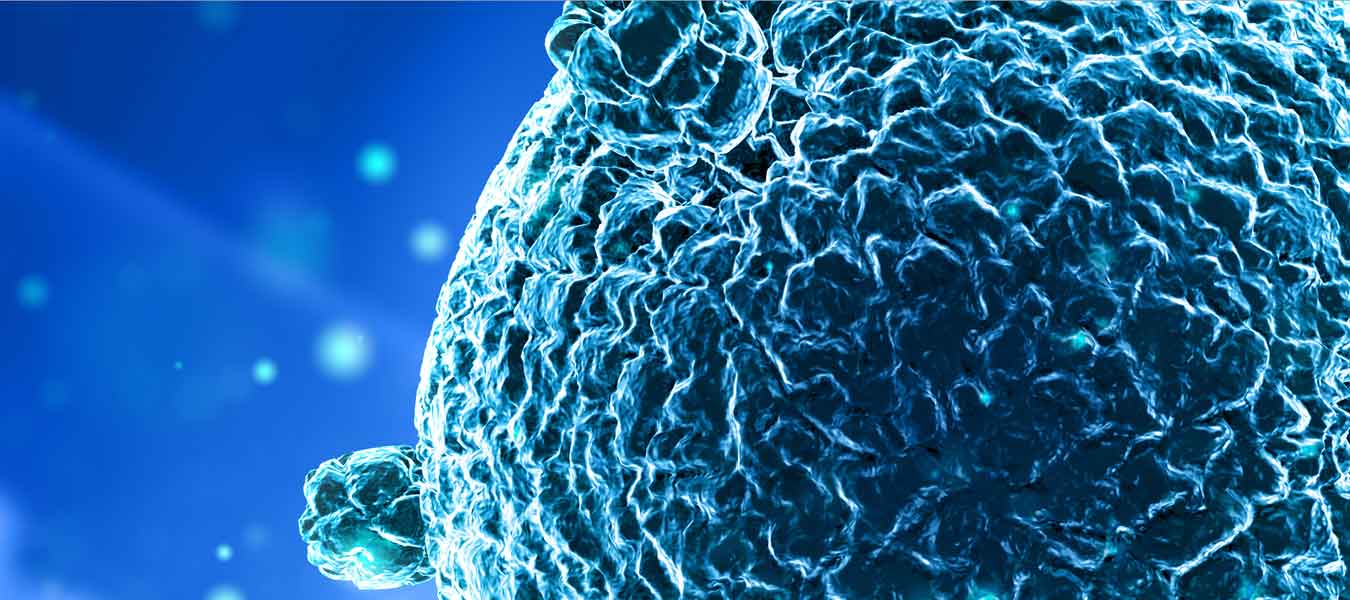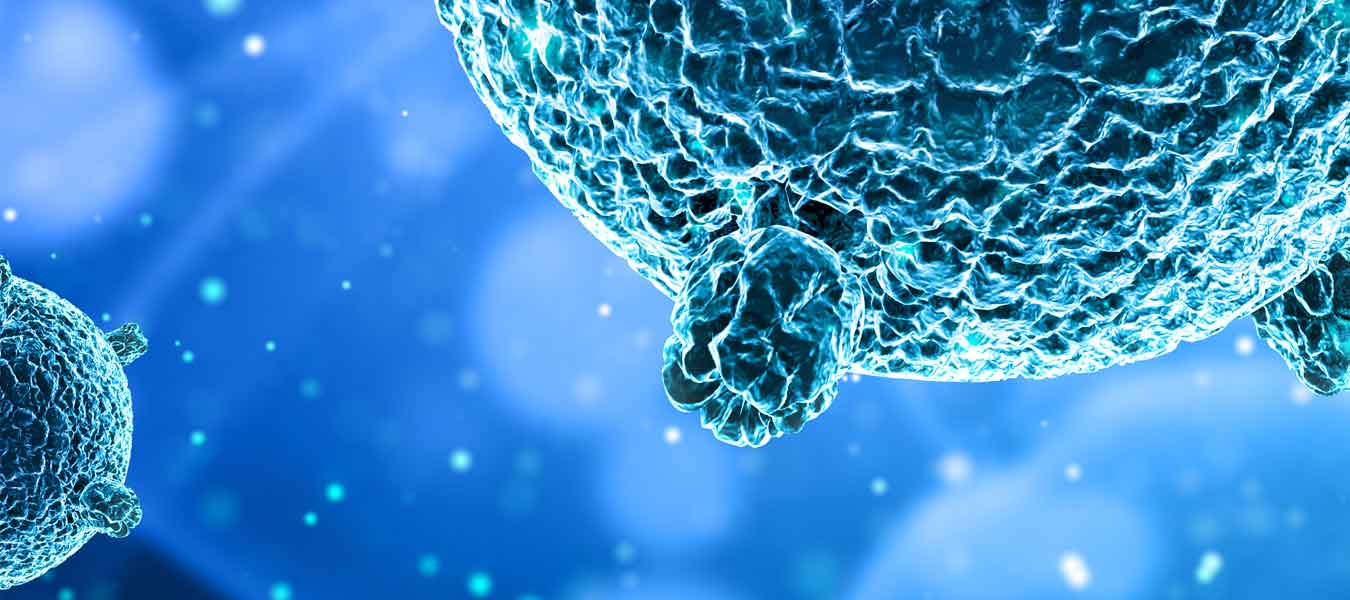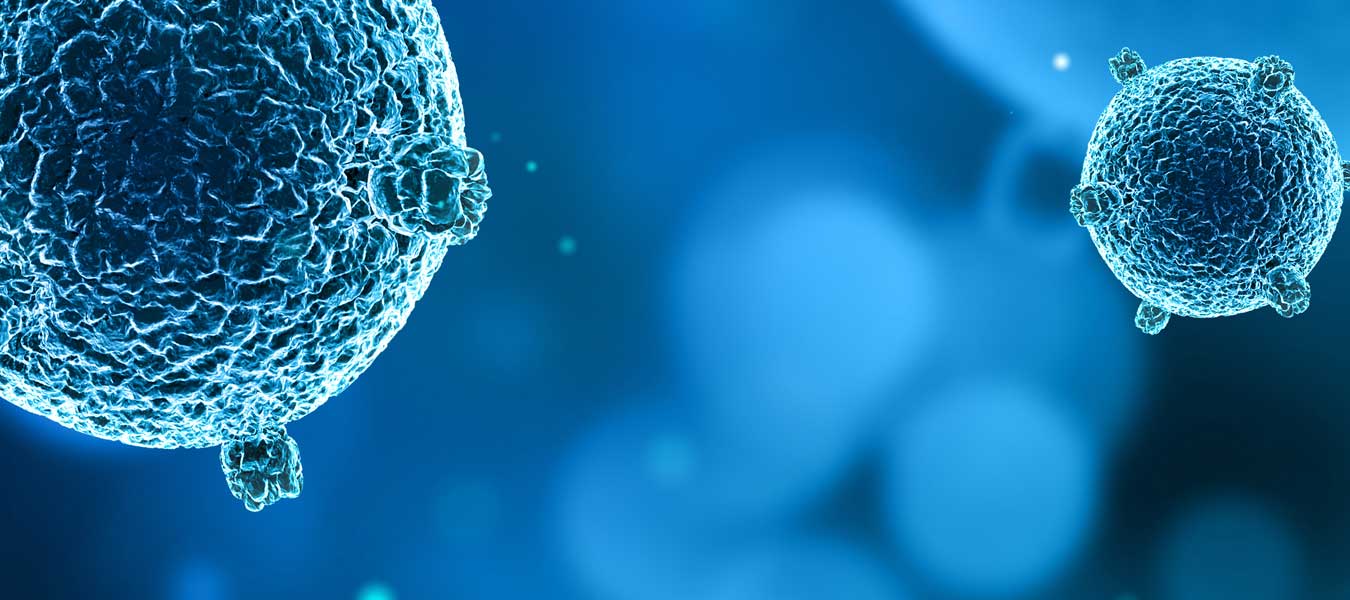Skeletal Dysplasias
Skeletal dysplasias are a heterogeneous group of rare hereditary diseases with many different skeletal symptoms and molecular mechanisms of disease.
These diseases are characterized by skeletal defects that usually appear during development and/or growth. Although skeletal disorders are considered rare diseases, they affect around 0.1% of births and emerge as a primary scientific objective in modern countries.
Due to the available data that arise from whole genome or exome sequencing of patients and genome-wide association studies (GWASs), sufficient information is being screened for the genotype/phenotype characterization of many of these diseases. Our lab works on skeletal dysplasias from gene discovery towards precision medical treatments.
1. Gene Discovery
Our lab specializes in gene discovery of new skeletal dysplasias, genetic rare genetic disorders that affect bone and cartilage. Over the years, our group have help to identify new genes and variants for disorders such as Osteogenesis Imperfecta, various dwarfisms, skeletal ciliopathies, bent bone dysplasias and ultra-rare skeletal diseases. We are currently working in several disorders that categorize as stressopathies, ciliopathies and DEPTOR related dysplasias. We also welcome new collaborations about other uncategorized rare skeletal dysplasias and offer free support and consulting to patients and rare disorder foundations (See our clinical research UNIT)
2. Mechanisms of skeletal disease
Our precision medicine approach drives our efforts in gene discovery towards the understanding of the mechanisms of disease. We believe there is no use on the discovery of new mutations if we do not elucidate the process that drives the pathological condition. Our lab uses a multidisciplinary approach to understand the molecular, genetic and cellular bases of diseases as well as the connections among them to unify them in universal mechanisms of disease. Among the many processes that we study, we focus in the signaling pathways that modulate cellular stress, inflammation, molecular metabolism alterations and cilia signaling.
3. Precision therapies in Skeletal Dysplasias
Our lab´s goal is to translate our effort in gene discovery and functional studies into finding new precision therapies. It is particularly relevant for skeletal dysplasias as most of them lack of efficient treatment and they are often neglected by health systems. We strongly believe that our precision medicine approach is the straightest path to helping people with rare skeletal dysplasias. Among our efforts, we design skeletal specific drugs, gene expression targeting and gene therapy.
4. Osteogenesis imperfecta
Osteogenesis Imperfecta (OI) is one of the most common genetic syndromes affecting skeleton. It causes brittle bones, skeleton deformities and pulmonary insufficiency among other complications. It is mainly caused by mutations in genes that code for Type I collagen or proteins that are involved in its synthesis. Until recently, the mechanism of this disease was only explained by structural or quantity defects of the collagen in the extracellular matrix of bones, however, this mechanism never explained other aspects of the disease like reduced bone growth rate or progressive pulmonary disease. According with this limited knowledge of the mechanism of disease, only one limited treatment is available for OI patients mainly through anti-catabolic drugs like bisphosphonates, which partially improve the bone quality by reducing bone resorption. Our lab searches for a new generation the therapeutic approaches aiming to cure or at least minimize the intrinsic pathology of OI significantly improving child growth, progressive deformities and age-related health issues. Our main OI projects target cellular stress as mechanisms of disease and allele specific expression.
5. Achondroplasia
Achondroplasia (ACH) is a genetic form of dwarfism, which occurs in between 1:15,000 to 1:40,000 live births, and is caused by activating mutations in receptor tyrosine kinase FGFR3. ACH is a severe dwarfism, with adult stature height of 112-145 cm, and profound skeletal malformations leading to debilitating and sometimes lethal complications during the lifetime of ACH patients. The need for ACH treatment is currently unmet, but our preliminary data strongly suggest that ACH is treatable, and that the cure may be developed soon. We know that ACH mutations cause only mild FGFR3 activation, and that relatively small inhibition of FGFR3 activity may result in significant therapeutic gain. Our joined research with international collaborators, uses advanced in vivo and in vitro animal modeling to find inhibitors of FGFR3 signaling. Thus we try to identify novel therapeutic targets in ACH, and improve targeting of existing inhibitors to the growing bone.

1. Gene Discovery
Our lab specializes in gene discovery of new skeletal dysplasias, genetic rare genetic disorders that affect bone and cartilage. Over the years, our group have help to identify new genes and variants for disorders such as Osteogenesis Imperfecta, various dwarfisms, skeletal ciliopathies, bent bone dysplasias and ultra-rare skeletal diseases. We are currently working in several disorders that categorize as stressopathies, ciliopathies and DEPTOR related dysplasias. We also welcome new collaborations about other uncategorized rare skeletal dysplasias and offer free support and consulting to patients and rare disorder foundations (See our clinical research UNIT) LINK!

2. Mechanisms of skeletal disease
Our precision medicine approach drives our efforts in gene discovery towards the understanding of the mechanisms of disease. We believe there is no use on the discovery of new mutations if we do not elucidate the process that drives the pathological condition. Our lab uses a multidisciplinary approach to understand the molecular, genetic and cellular bases of diseases as well as the connections among them to unify them in universal mechanisms of disease. Among the many processes that we study, we focus in the signaling pathways that modulate cellular stress, inflammation, molecular metabolism alterations and cilia signaling.

3. Precision therapies in Skeletal Dysplasias
Our lab´s goal is to translate our effort in gene discovery and functional studies into finding new precision therapies. It is particularly relevant for skeletal dysplasias as most of them lack of efficient treatment and they are often neglected by health systems. We strongly believe that our precision medicine approach is the straightest path to helping people with rare skeletal dysplasias. Among our efforts, we design skeletal specific drugs, gene expression targeting and gene therapy.

4. Osteogenesis imperfecta
Osteogenesis Imperfecta (OI) is one of the most common genetic syndromes affecting skeleton. It causes brittle bones, skeleton deformities and pulmonary insufficiency among other complications. It is mainly caused by mutations in genes that code for Type I collagen or proteins that are involved in its synthesis. Until recently, the mechanism of this disease was only explained by structural or quantity defects of the collagen in the extracellular matrix of bones, however, this mechanism never explained other aspects of the disease like reduced bone growth rate or progressive pulmonary disease. According with this limited knowledge of the mechanism of disease, only one limited treatment is available for OI patients mainly through anti-catabolic drugs like bisphosphonates, which partially improve the bone quality by reducing bone resorption. Our lab searches for a new generation the therapeutic approaches aiming to cure or at least minimize the intrinsic pathology of OI significantly improving child growth, progressive deformities and age-related health issues. Our main OI projects target cellular stress as mechanisms of disease and allele specific expression.

5. Achondroplasia
Achondroplasia (ACH) is a genetic form of dwarfism, which occurs in between 1:15,000 to 1:40,000 live births, and is caused by activating mutations in receptor tyrosine kinase FGFR3. ACH is a severe dwarfism, with adult stature height of 112-145 cm, and profound skeletal malformations leading to debilitating and sometimes lethal complications during the lifetime of ACH patients. The need for ACH treatment is currently unmet, but our preliminary data strongly suggest that ACH is treatable, and that the cure may be developed soon. We know that ACH mutations cause only mild FGFR3 activation, and that relatively small inhibition of FGFR3 activity may result in significant therapeutic gain. Our joined research with international collaborators, uses advanced in vivo and in vitro animal modeling to find inhibitors of FGFR3 signaling. Thus we try to identify novel therapeutic targets in ACH, and improve targeting of existing inhibitors to the growing bone.
